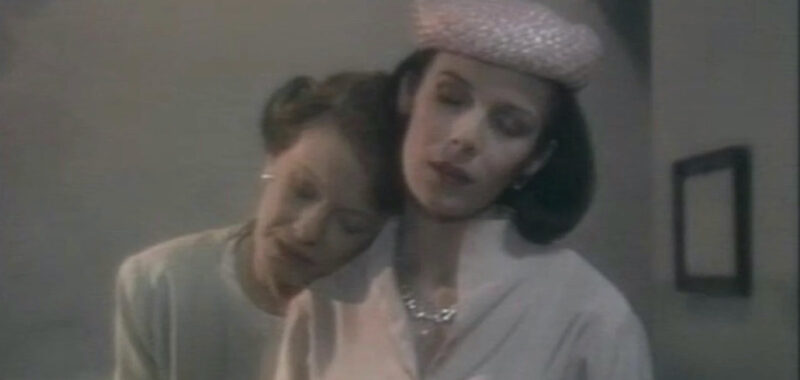The reenactment is a key part of nonfiction cinema. Verbatim, a new screening series at Anthology Film Archives, brings together over a dozen films that incorporate firsthand recordings or documentation of conversations and speeches. The films showcase how different artists have used this conceit, preserving dialogue and audio but playing with every other element.
Playwright and actor Anna Deavere Smith is one of the best-known practitioners of “documentary theatre” in the US, building one-woman shows about various events from a heteroglossia of interviews with people involved in them. Her plays Fires in the Mirror (1992) and Twilight: Los Angeles, 1992 (1993), about the 1991 Crown Heights riot in New York and the Rodney King uprising in Los Angeles, respectively, were both adapted as films. The first, directed by George C. Wolfe in 1993, places Smith in a different setting with each new interview-performance segment, while the second, adapted by Marc Levin in 2000, intercuts Smith’s scenes with interviews with LA residents.

This subgenre overlaps considerably with the crime and legal worlds. In avant-garde luminary James Benning’s Landscape Suicide (1986), performers reenact court transcripts and police interviews from murder cases in split screen with footage of the crimes’ locations. Two documentaries about the farcical government case against the Chicago Eight/Seven (1970’s The Great Chicago Conspiracy Circus and 1987’s Conspiracy: The Trial of the Chicago 8) use similar reenactments of the actual proceedings.
Alice Diop complicates this technique through different levels of metafiction in Saint Omer (2022). Though based on the Fabienne Kabou murder case in France and replicating testimony from that trial, its story is fictional, told from the point of view of a writer observing the trial in order to turn it into a book. Parallels between the writer and defendant mirror the way Diop processes her own identification with Kabou through the film.

Other movies in the program tackle more personal materials. Standouts include Chantal Akerman’s Letters Home (1986), a stage play adaptation in which actors recite the letters Sylvia Plath exchanged with her mother over several years, and The Arbor (2010), Clio Barnard’s portrait of British playwright Andrea Dunbar, a prodigy whose work was first staged while she was still a teenager, but who died in her 20s. In the latter, actors perform parts of Dunbar’s plays and lip-sync to interviews with her friends, neighbors, and now-grown children, collapsing the distance between the subject and the lingering influence of her work.
Perhaps the most surprising source material in the series forms the basis for Charlie Victor Romeo (2013), a screen version of the play of the same name. Six scenes reenact what happened in aircraft cockpits in the minutes leading up to crashes, using the dialogue from the planes’ black box recordings. A study in team management and how people act under crisis, it may be one of the most terrifying movies ever made.
The films in Verbatim are remarkably diverse, despite its specialized niche. Sources range from public hearings to Del Taco corporate communication videos to a man telling a lurid anecdote. It’s one of the most fascinating and engaging repertory series in New York this summer.

Verbatim continues at Anthology Film Archives (32 2nd Avenue, East Village, Manhattan) July 24 through August 13.

